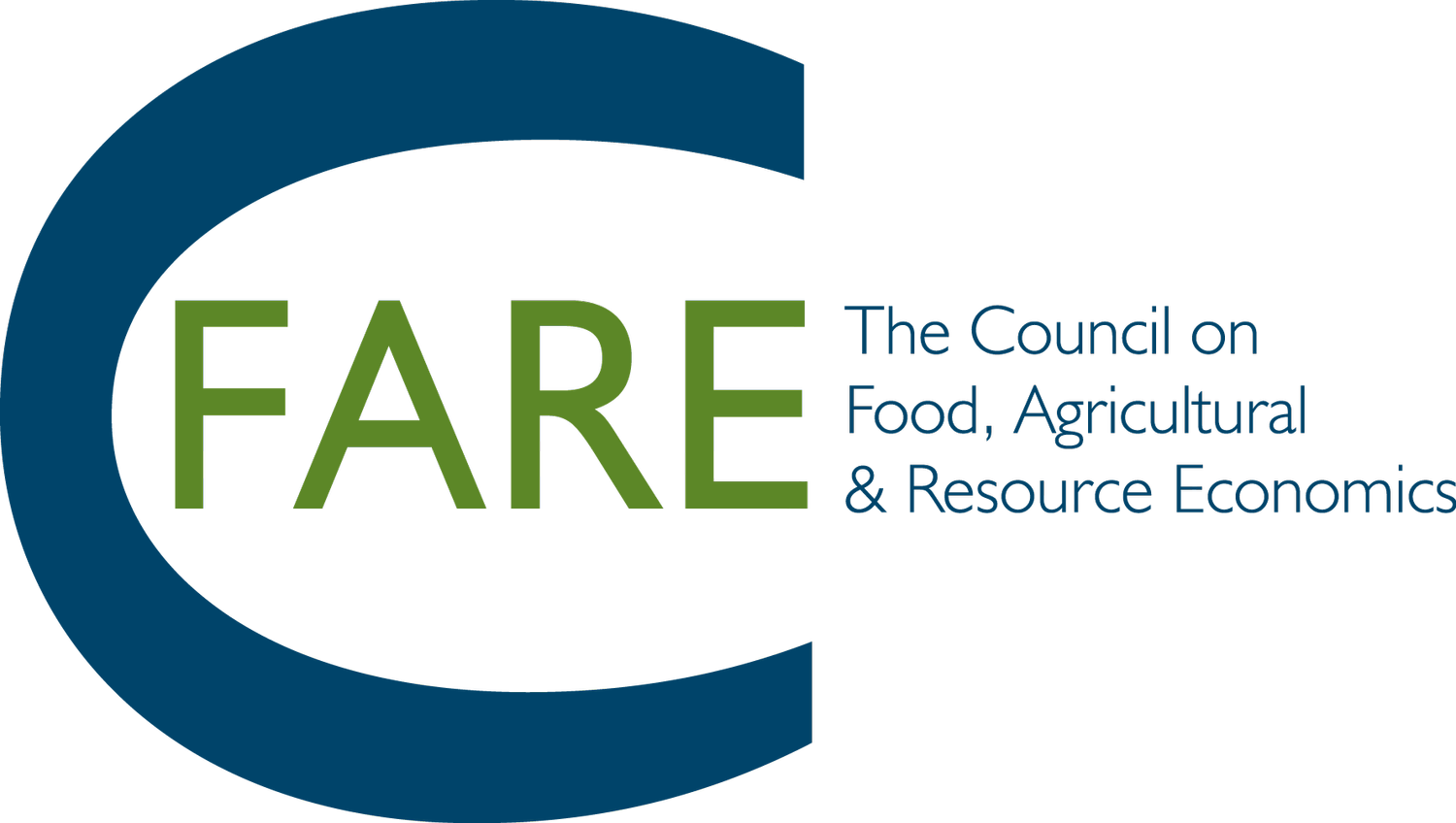How is the Consumer Price Index Impacted by Trade Talks
Luis A. Ribera, C-FARE Board Member and Professor at Texas A&M University
Since “Liberation Day” back on April 1, 2025, and even before that, trade has been a major news topic. The current administration’s strategy of leveraging tariffs (combined with the sheer size of the US market) to change trade relationships with the rest of the world has generated much uncertainty in nearly all markets. Both agricultural and non-agricultural industries have commented publicly in reaction to the almost-daily barrage of trade news. Arguments for and against the tariffs are all over the place, but they are all based on the respondents’ predictions about who pays for the tariff hikes.
So, who pays for the tariff hikes? To better address this question, it is important to differentiate between short- and long-term effects as markets adjust to news regarding tariffs. Tariffs are a tax imposed on imported goods and services. Sellers of such goods and services (and also of products made from imported goods) will do their best to avoid passing the tax to their consumers, since doing so will probably reduce the quantity demanded of their goods, potentially reducing their market share to competitors less affected by tariffs. Therefore, to keep their market share, sellers might absorb some of the impact of the tariffs in the short run while awaiting the results of trade negotiations. In the short run, it’s most likely the sellers who pay. However, if sellers believe that the new tariff rates will remain in place for the long run, they might decide to pass the cost of the tariffs to consumers, since they would be unable to sustain reduced profit margins for long periods of time. In the long run, it will likely be the consumer who pays.
Consumer price levels suggest that we might still be in the ‘short run.’ The table below shows the monthly percent changes in the Bureau of Labor Statistics’ Consumer Price Index (CPI) for all urban consumers. It shows that there has not been major changes in CPI after “Liberation Day.” The latest numbers (September 2025) show that the CPI for all items changed 0.3 percent since the previous month, with these changes being 0.2 percent for food and 1.5 percent for energy. In addition, the un-adjusted 12-month CPI ending in September 2025 shows a 3.0 percent change since last year for all items, which is within the normal range; this change is particularly ‘normal’ in light of the historically high inflation over the last couple of years. If we examine the 12-month CPI by category, we see that prices for food increased by 3.1 percent, driven primarily by the increase (3.7 percent) in the price of food away from home. Energy has also increased 2.8 percent although gasoline decreased by 0.5 percent. In general, however, prices have not significantly increased. Will this continue over the intermediate- and long-run? Only time will tell.
References
Bureau of Labor Statistics. “Consumer Price Index Summary.” Economic News Release. Published September 2025.
The Center for North American Studies (CNAS) at Texas A&M University meets high-priority national needs to provide objective analyses for rapid, precise responses to emerging trade and international policy issues. Priority programs include: (1) response to national and state priorities with economic impact analysis; (2) identification and analysis of crucial emerging international trade trends and issues; and (3) development and implementation of extension programs to educate key business and policy leaders.

